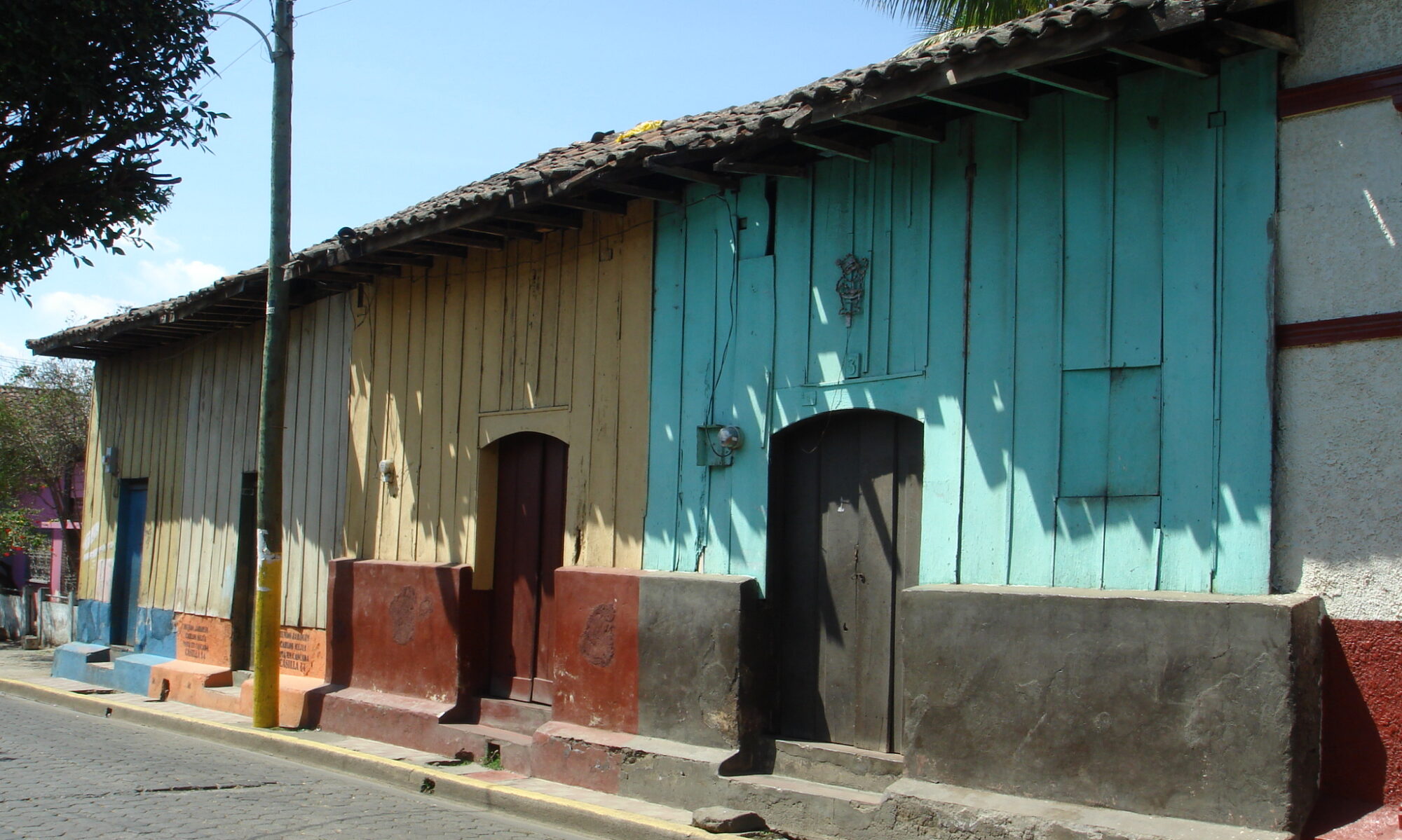by Heidi Faison, Craig D. Comartin, Kenneth Elwood
This report examines reinforced concrete buildings that use moment-resisting frames without ductile detailing to resist seismic loads. While this building type is predominantly used for office buildings and hotels, it is also used in urban areas for multi-family dwellings (condominiums) and university dormitories. It can be found in most urban areas across the country, though it is of particular concern in areas of high seismic hazard like California, Alaska, Washington, and Oregon. Building codes did not include requirements for special seismic detailing of reinforced concrete structures until the 1970’s when several earthquakes demonstrated the need for more ductile design. These buildings are vulnerable to numerous failure modes including: failure of column lap splices; strong beam/weak column failures; captive column failure; punching shear failures in flat plate slabs; and shear and axial load failure of columns with wide transverse reinforcement spacing. A discontinuity in stiffness and strength at the bottom story, due to a soft story, often results in a concentration of earthquake damage at the building base. Several examples of past earthquake behavior are given in this report as well as discussion of various retrofit options.
Report # 65 : Wood frame single family house
by Christopher Arnold
Wood frame construction is typical for single family houses throughout the USA. Historically, in the East, Midwestern and South, brick masonry and stone were used for house construction, but this began to be superseded by wood frame around the turn of the 19th century. In the earthquake-prone western part of the US, wood frame has been dominant over stone and brick. The development of present-day wood frame construction began with the appearance of standardized sawn lumber and cheap machine-made nails. By 1840, the typical wood frame house was built of milled lumber in standard sizes. The standardized wood frame structure is now augmented by a wide range of compatible standardized components such as doors, windows, electrical and plumbing fixtures, and the like, that are designed to be easily installed in the wood structure. Because wood frame walls are hollow, alternative levels of insulation can be installed, enabling accommodation of any climatic conditions and easy installation of plumbing and electrical services within walls, in the open spaces above the ceilings, within the floor structure, and in the space between the first (ground) floor and the ground below. Because of their light weight (compared to brick or stone), their relatively large number of walls, and the use of a multiplicity of nails for connections, wood frame houses have traditionally performed well in earthquakes. Deaths and serious injuries are very rare in these structures. Today’s wood frame construction is highly codified and regulated, with a good standard of inspection by suburban local building departments in earthquake-prone regions. In smaller towns and rural areas quality control may be lacking.



